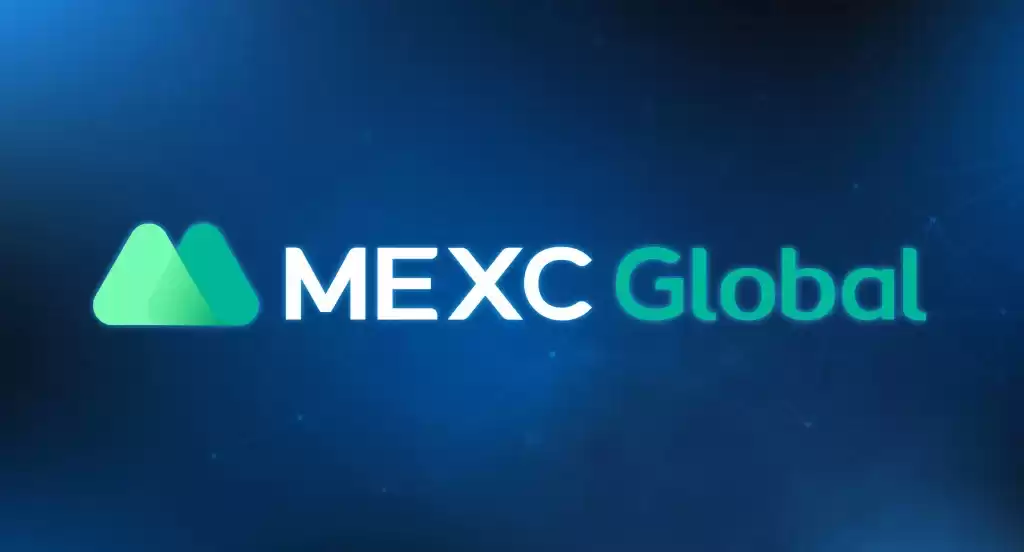-
 Bitcoin
Bitcoin $114500
-0.31% -
 Ethereum
Ethereum $3648
1.11% -
 XRP
XRP $3.033
-0.27% -
 Tether USDt
Tether USDt $0.9999
-0.01% -
 BNB
BNB $758.5
-0.32% -
 Solana
Solana $167.5
1.48% -
 USDC
USDC $0.9998
-0.02% -
 TRON
TRON $0.3331
0.74% -
 Dogecoin
Dogecoin $0.2039
0.25% -
 Cardano
Cardano $0.7419
-0.46% -
 Hyperliquid
Hyperliquid $39.21
2.66% -
 Stellar
Stellar $0.4049
-1.95% -
 Sui
Sui $3.483
-0.56% -
 Bitcoin Cash
Bitcoin Cash $570.8
2.89% -
 Chainlink
Chainlink $16.67
-0.57% -
 Hedera
Hedera $0.2470
-1.57% -
 Ethena USDe
Ethena USDe $1.001
0.00% -
 Avalanche
Avalanche $22.36
1.52% -
 Litecoin
Litecoin $123.4
4.35% -
 UNUS SED LEO
UNUS SED LEO $8.989
0.09% -
 Toncoin
Toncoin $3.324
-2.40% -
 Shiba Inu
Shiba Inu $0.00001219
-1.30% -
 Uniswap
Uniswap $9.811
2.54% -
 Polkadot
Polkadot $3.662
-0.07% -
 Monero
Monero $295.5
-3.85% -
 Dai
Dai $1.000
0.01% -
 Bitget Token
Bitget Token $4.345
0.24% -
 Cronos
Cronos $0.1380
0.95% -
 Pepe
Pepe $0.00001044
-1.14% -
 Ethena
Ethena $0.5981
-4.24%
How to play 5 times leverage in MEXC
Traders can magnify their trading positions by opening a MEXC account, configuring 5X leverage settings, choosing a trading pair, and placing a trade while understanding the associated risks and rewards.
Nov 10, 2024 at 05:32 pm

How to Play 5 Times Leverage in MEXC
What is Leverage Trading?
Leverage trading is a trading technique that allows traders to amplify their trading positions by borrowing capital from a broker or exchange. This magnifies potential profits but also carries increased risk.
Why Use 5X Leverage?
5X leverage multiplies trading positions by a factor of five, allowing traders to gain exposure to larger market movements without committing excessive capital.
How to Play 5X Leverage in MEXC
Step 1: Open a MEXC Account
Create an account on the MEXC exchange website or mobile app. Complete the registration process, including identity verification for leverage trading.
Step 2: Fund Your Account
Deposit funds into your MEXC account using supported cryptocurrencies or fiat currency. Ensure your account balance covers the initial margin and potential losses.
Step 3: Choose a Trading Pair
Select the trading pair you wish to trade with 5X leverage. Popular pairs include BTC/USDT, ETH/USDT, and BNB/USDT.
Step 4: Configure Leverage Settings
Navigate to the "Isolated Margin" or "Cross Margin" trading interface. Choose the "5X" leverage option from the leverage menu.
Step 5: Place a Trade
Determine the trade direction (long or short) and enter the trade size. Remember, leverage magnifies both profits and losses. Manage risk by setting stop-loss and take-profit orders.
Step 6: Monitor Your Position
Monitor your open position in the "Positions" tab. Track market movements and adjust your position as needed.
Step 7: Close Your Position
To close a leveraged position, place an opposite-direction order of the same size. Alternatively, you can use the "Close All" function to liquidate all open positions at the current market price.
Step 8: Understand the Risks
Leveraged trading comes with significant risks. Losses can exceed the invested capital. Consider using leverage conservatively and conducting thorough due diligence.
Advantages of 5X Leverage in MEXC
- Increased Profit Potential: 5X leverage allows traders to potentially multiply their profits by a factor of five.
- Access to Large Positions: Leverage enables traders to control larger trading positions without risking their entire capital.
- Hedging Opportunities: Leverage can be used for hedging strategies to offset risk in existing positions or explore new trading opportunities.
Disadvantages of 5X Leverage in MEXC
- Magnified Losses: Leverage amplifies losses as well as profits. Proper risk management is crucial.
- Margin Call Risk: If market movements go against a leveraged position, a margin call may occur, requiring the trader to deposit additional funds or liquidate the position.
- High Fees: Leveraged trading usually incurs higher trading fees than regular spot trading.
Disclaimer:info@kdj.com
The information provided is not trading advice. kdj.com does not assume any responsibility for any investments made based on the information provided in this article. Cryptocurrencies are highly volatile and it is highly recommended that you invest with caution after thorough research!
If you believe that the content used on this website infringes your copyright, please contact us immediately (info@kdj.com) and we will delete it promptly.
- Meme Coins Skyrocket: Is Dogecoin About to Be Dethroned?
- 2025-08-06 03:50:13
- Tether's On-Chain Surge: USDT Dominates and Drives Blockchain Fees
- 2025-08-06 02:50:13
- Bitcoin, Treasury, Country: Bolivia Follows El Salvador's Lead, While TON Strategy Co. Makes Waves
- 2025-08-06 03:50:13
- Succinct's PROVE Token & Mainnet Launch: A New Era for ZK Proofs
- 2025-08-06 02:50:13
- CEA Industries Rebrands as BNB Network Company: A New Era for BNB Treasury
- 2025-08-06 03:55:14
- Terra Classic's Market Module Revival: The v3.5.0 Upgrade and What It Means for LUNC
- 2025-08-06 02:30:12
Related knowledge

Why is my Bitstamp futures position being liquidated?
Jul 23,2025 at 11:08am
Understanding Futures Liquidation on BitstampFutures trading on Bitstamp involves borrowing funds to open leveraged positions, which amplifies both po...

How to report Bitstamp futures for taxes?
Jul 30,2025 at 08:35am
Understanding Bitstamp Futures and Taxable EventsWhen trading Bitstamp futures, it’s essential to recognize that these financial instruments are treat...

Does Bitstamp offer inverse contracts?
Jul 23,2025 at 01:28pm
Understanding Inverse Contracts in Cryptocurrency TradingIn the realm of cryptocurrency derivatives, inverse contracts are a specific type of futures ...

What is the difference between futures and perpetuals on Bitstamp?
Jul 27,2025 at 05:08am
Understanding Futures Contracts on BitstampFutures contracts on Bitstamp are financial derivatives that allow traders to speculate on the future price...

How to find your Bitstamp futures trade history?
Jul 23,2025 at 08:07am
Understanding Bitstamp and Futures Trading AvailabilityAs of the current state of Bitstamp’s service offerings, it is critical to clarify that Bitstam...

Can I use a trailing stop on Bitstamp futures?
Jul 23,2025 at 01:42pm
Understanding Trailing Stops in Cryptocurrency TradingA trailing stop is a dynamic type of stop-loss order that adjusts automatically as the price of ...

Why is my Bitstamp futures position being liquidated?
Jul 23,2025 at 11:08am
Understanding Futures Liquidation on BitstampFutures trading on Bitstamp involves borrowing funds to open leveraged positions, which amplifies both po...

How to report Bitstamp futures for taxes?
Jul 30,2025 at 08:35am
Understanding Bitstamp Futures and Taxable EventsWhen trading Bitstamp futures, it’s essential to recognize that these financial instruments are treat...

Does Bitstamp offer inverse contracts?
Jul 23,2025 at 01:28pm
Understanding Inverse Contracts in Cryptocurrency TradingIn the realm of cryptocurrency derivatives, inverse contracts are a specific type of futures ...

What is the difference between futures and perpetuals on Bitstamp?
Jul 27,2025 at 05:08am
Understanding Futures Contracts on BitstampFutures contracts on Bitstamp are financial derivatives that allow traders to speculate on the future price...

How to find your Bitstamp futures trade history?
Jul 23,2025 at 08:07am
Understanding Bitstamp and Futures Trading AvailabilityAs of the current state of Bitstamp’s service offerings, it is critical to clarify that Bitstam...

Can I use a trailing stop on Bitstamp futures?
Jul 23,2025 at 01:42pm
Understanding Trailing Stops in Cryptocurrency TradingA trailing stop is a dynamic type of stop-loss order that adjusts automatically as the price of ...
See all articles

























































































